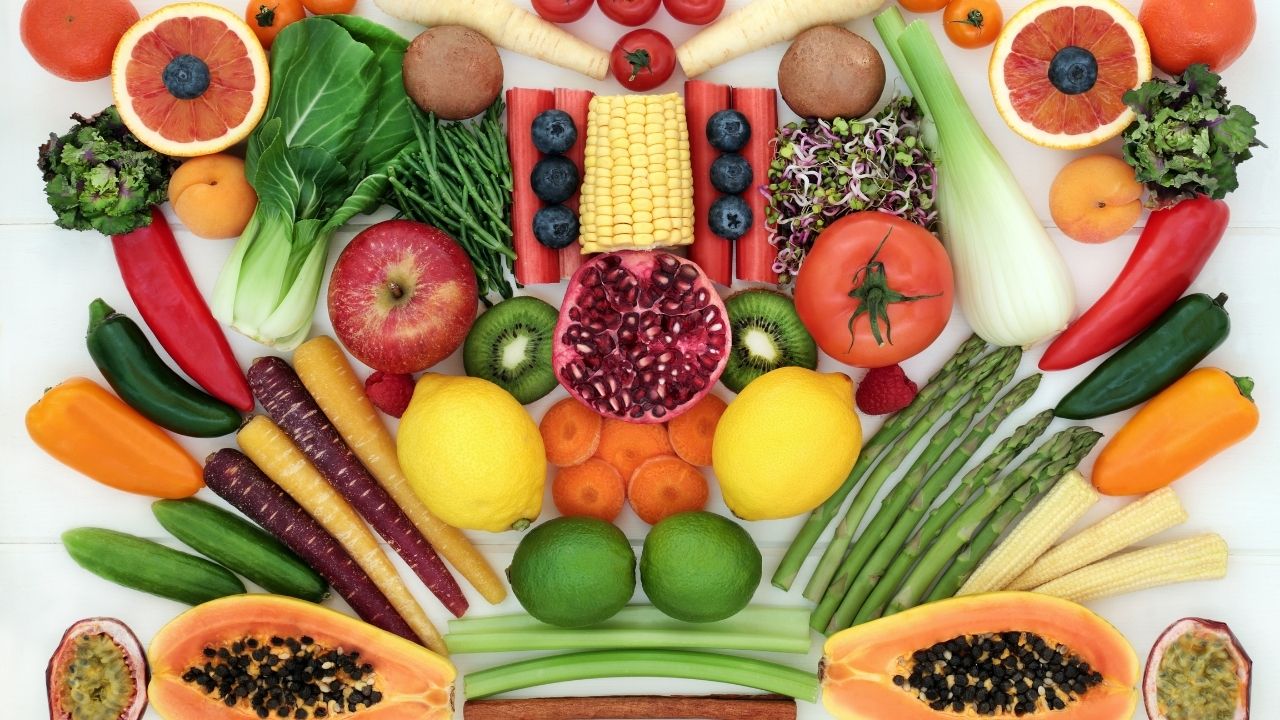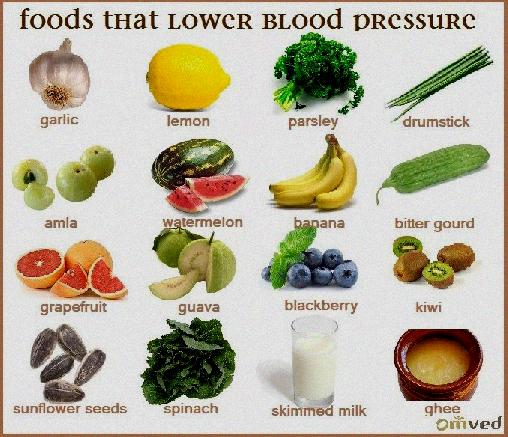
Although it can be tempting to jump straight to conclusions from an article on diet, this is not the best option. It is best to stick with a healthy diet and to avoid fads. These can lead stress and weight gain. You should instead read this entire piece before making any changes in your lifestyle or nutrition. Below are some helpful tips for healthy eating and successful dieting. These tips can help you make smart choices regarding your health and diet.
Exercise is an essential complement to dieting. Cardiovascular exercise is important for maintaining good health. The goal of aerobic exercise is to keep your target heart rate at a level above 50% of your maximum heart rate. Another popular diet, "The Hacker's Diet," claims that losing weight is all about feedback and conservation of energy. Hacker's Diet posits that your body will provide feedback and energy to assist you in reaching your weight loss goals.

Those who ban a food tend to crave it more, and this can lead to feelings of failure. This can be avoided by reducing the size of unhealthy foods and avoiding eating them too often. You'll be less likely to crave them, and will feel less tempted. If you reduce your unhealthy food intake, it will make it more common to view them as an occasional treat and not a part of your regular diet.
A good diet isn't just about calorie counting. Healthy eating means regular physical and mental activity. FedUp, the documentary by Laurie David (and Katie Couric) explains more about diets. You can also see the documentary on Amazon or Netflix to learn more information about diets and current dietary trends. You'll be glad you did. It is crucial to know as much as you can about nutrition and how to make lifestyle changes to stay healthy.
Your diet must be eliminated. You should stop trying to lose weight if you have been trying for so long. It's not about cutting out the foods you love. You will be able to maintain a healthy weight by eating a simple, healthy diet. This will help you eat more and enjoy the foods that you love. You'll be able to lose fat more easily if you are ready to stop dieting.

Studies have repeatedly shown the benefits of dieting. There are also some drawbacks to dieting, which can make it less appealing. A diet can have negative consequences on your health, as well as the negative effects it has on your body. You can prevent obesity and maintain a healthy body weight by focusing on your health. Learn more about weight loss methods.
FAQ
What can I do to lower my blood pressure?
The first thing you need to do is find out what causes high blood pressure. Next, you will need to determine what is causing high blood pressure. This could be as simple as eating less salt, losing weight, taking medications, etc.
Make sure you're getting enough exercise. If you don’t have enough time to exercise regularly, consider walking more often.
Consider joining a gym if your current exercise regimen is not satisfying you. You will likely want to join an exercise group that shares your goals. It is easier to adhere to a fitness routine when someone else will be there with you.
How can I live a life that is full of joy every day?
It is important to identify what makes you happy. Once you are clear about what makes you happy and satisfied, you can move on to the next step. Asking other people how they live their best lives every day is also a good idea.
Dr. Wayne Dyer's book "How to Live Your Best Life" is also available. He talks about how to find happiness and fulfillment at all stages of our lives.
What are the ten best foods to eat in America?
These are 10 of the best foods to eat.
-
Avocados
-
Berries
-
Broccoli
-
Cauliflower
-
Eggs
-
Fish
-
Grains
-
Nuts
-
Oats
-
Salmon
Are there 5 ways to have a healthy lifestyle?
Healthy living means eating right, exercising regularly and getting enough sleep. It also involves managing stress and having fun. You should avoid processed foods, sugar, or unhealthy fats. Exercise burns calories and strengthens the muscles. You can improve your memory and concentration by getting enough sleep. Stress management helps reduce anxiety and depression. And finally, having fun keeps us young and vibrant.
What is the best way to live a healthy lifestyle?
Living a healthy lifestyle is one that encourages you to eat well, exercise regularly, get enough sleep, and avoids stress. This will ensure that you live a long healthy life.
It's easy to start small with your exercise and diet. You can lose weight by walking 30 minutes each day if you are looking to lose weight. If you're looking for a way to increase your activity, consider taking up swimming or dancing. An online fitness program such as Strava or Fitbit that tracks your activity could be a good option.
Statistics
- This article received 11 testimonials and 86% of readers who voted found it helpful, earning it our reader-approved status. (wikihow.com)
- WHO recommends consuming less than 5% of total energy intake for additional health benefits. (who.int)
- WHO recommends reducing saturated fats to less than 10% of total energy intake; reducing trans-fats to less than 1% of total energy intake; and replacing both saturated fats and trans-fats to unsaturated fats. (who.int)
- nutrients.[17]X Research sourceWhole grains to try include: 100% whole wheat pasta and bread, brown rice, whole grain oats, farro, millet, quinoa, and barley. (wikihow.com)
External Links
How To
What does the term "vitamins" mean?
Vitamins are organic compounds found naturally in food. Vitamins are essential for our bodies to absorb nutrients from the foods we eat. Vitamins cannot come from the body so food must provide them.
There are two types vitamins: water soluble or fat soluble. Water-soluble vitamins dissolve easily when they are dissolved in water. You can find vitamin C,B1 or thiamine, B2 or riboflavin and B3 or niacin, B3/niacin, B6/pyridoxine, folic Acid, biotin and pantothenic Acid as examples. The liver and fat soluble vitamins are stored within the liver and in fatty tissue. You can find vitamin D, E K, A, beta carotene, and other fat-soluble vitamins.
Vitamins are classified based on their biological activity. There are eight main groups of vitamins.
-
A - Essential for healthy growth and health maintenance.
-
C is important for nerve function and energy production.
-
D - Essential for healthy teeth and bones.
-
E is necessary for good vision, reproduction.
-
K – Required for healthy nerves & muscles.
-
P - Vital for strong bones and teeth.
-
Q - Aids in digestion and absorption.
-
R - Required for red blood cell production
The recommended daily allowance (RDA), for vitamins, varies depending upon age, gender, or physical condition. The U.S. Food and Drug Administration (FDA) sets the RDA values.
For adults over 19, the RDA for vitaminA is 400 micrograms per daily. Pregnant mothers need 600 micrograms per days because it is vital for the development and growth of their baby. Children ages 1-8 require 900 micrograms per day. Children under 1 year old require 700 micrograms daily, while infants over one year old need 500 micrograms every day. This decreases between 9 and 12 months.
Children between the ages 1--18 years old who are overweight or obese require 800 micrograms per Day, while those who are overweight or obese need 1000 micrograms. To meet their nutritional needs, children underweight and obese require 1200 micrograms a day.
Children aged 4-8 years old who have been diagnosed as having anemia require 2200 micrograms of vitamin C per day.
Adults over 50 years of age need 2000 micrograms per day for general health. Women who are pregnant or breastfeeding need 3000 micrograms per day due to increased nutrient requirements.
1500 micrograms is the recommended daily intake for adults aged 70+, who lose approximately 10% of muscle each year.
Women who have been pregnant or are lactating require more than the RDA. Pregnant woman need 4000 micrograms daily in pregnancy, and 2500 per day after childbirth. Breastfeeding mothers need 5000 micrograms per day when breast milk is being produced.